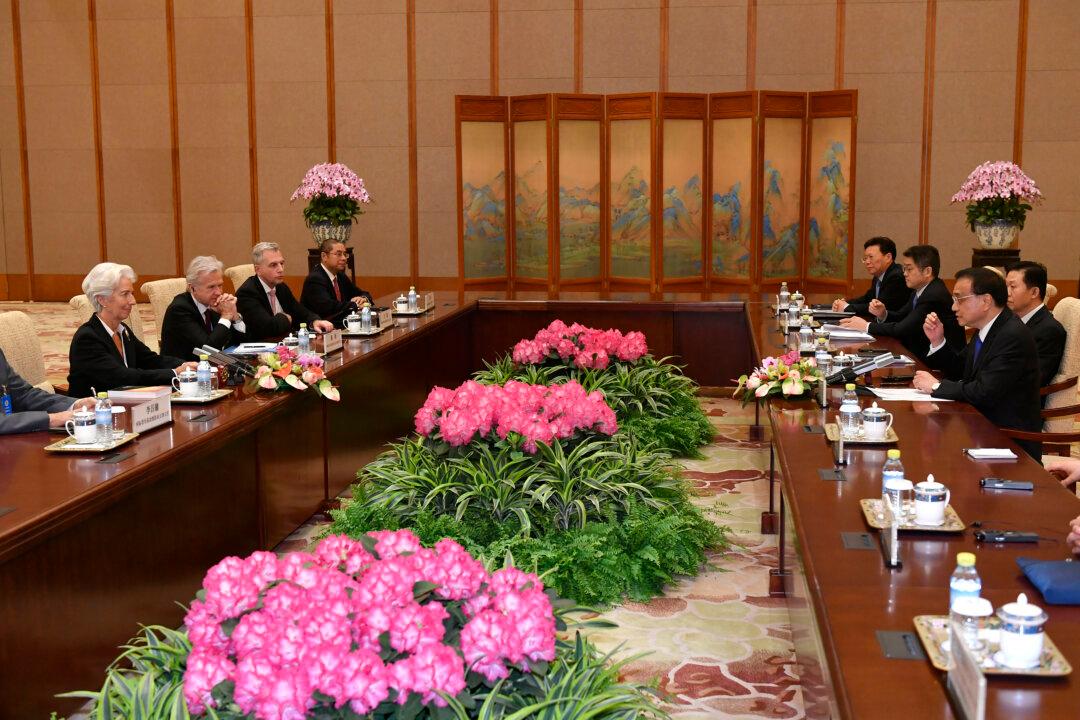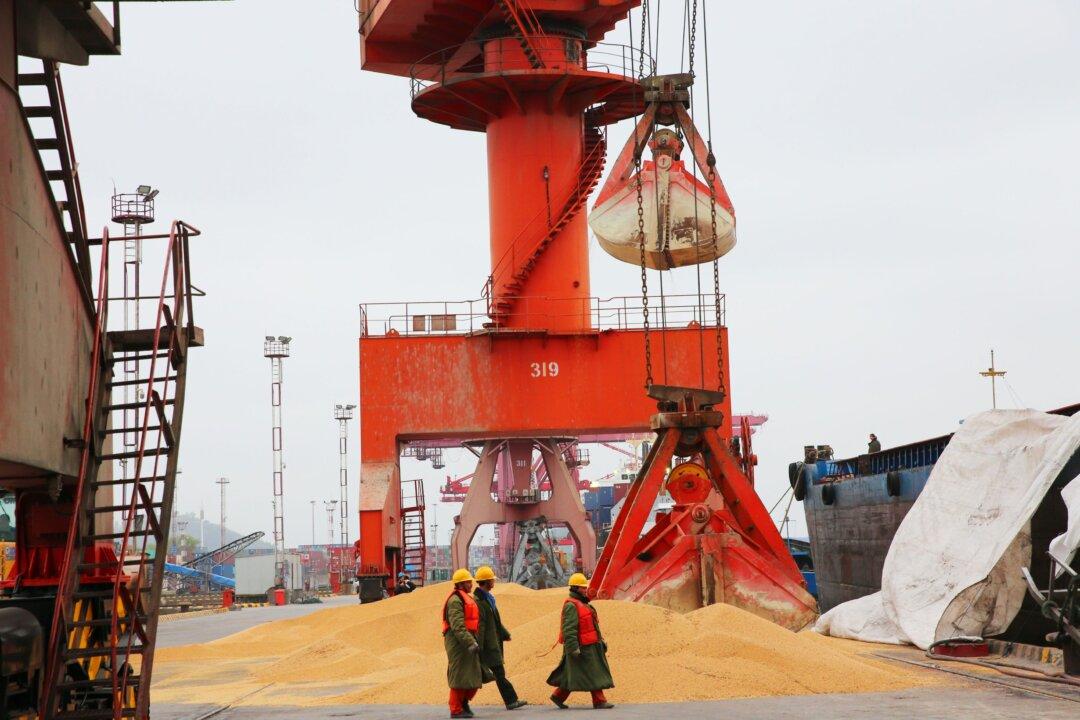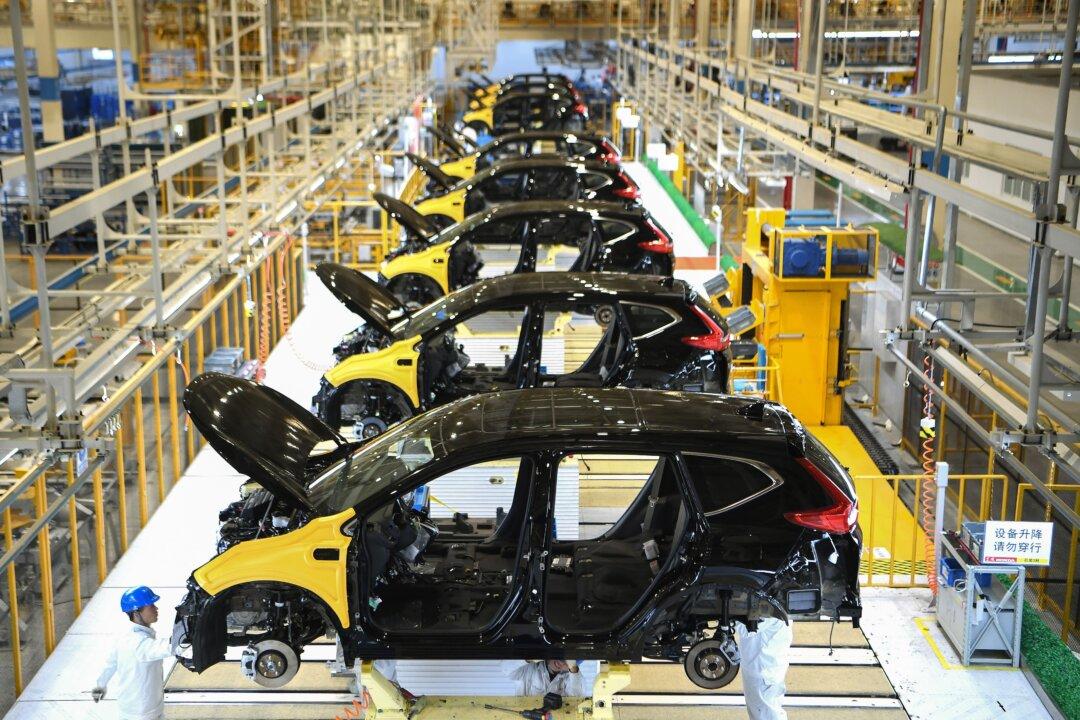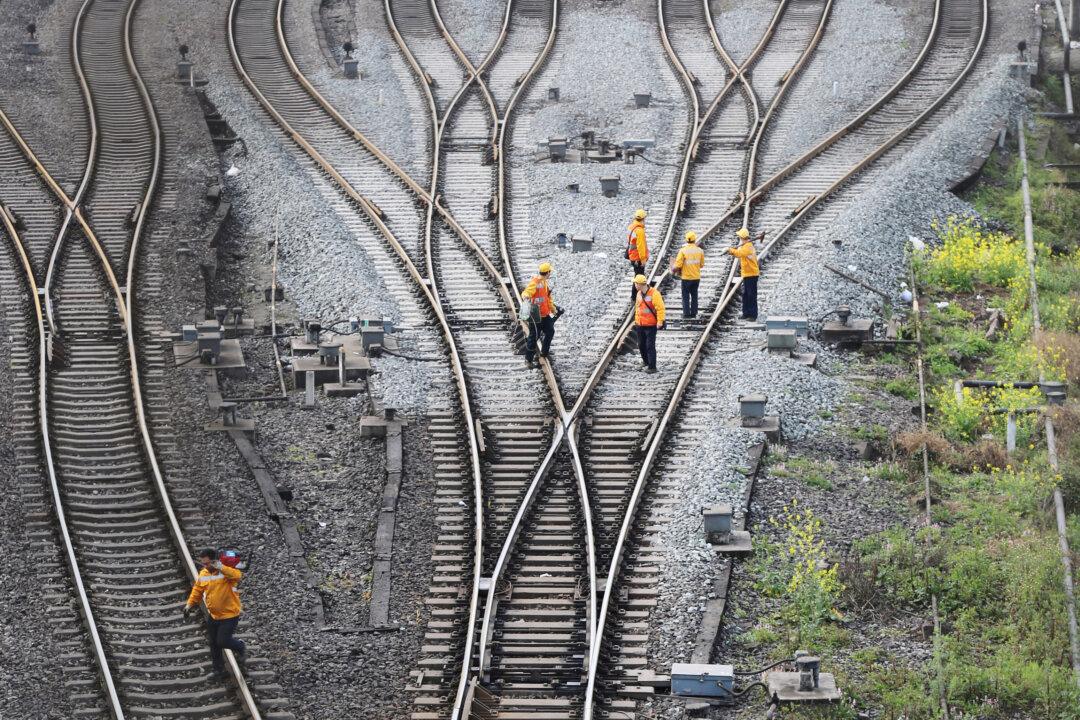The International Monetary Fund reported that China is suffering its first series of annual current account deficits in 25 years because its savings rate is shrinking fast.
The IMF’s mission since its 1945 founding has been to ensure the stability of the global monetary system of exchange rates and payments for its 189 member nations and their citizens to transact with each other. With $1 trillion in lending capability through its sister organization the World Bank, the IMF supports loans to small nations to fight poverty and stands ready to serve as the “lender of last resort” during international financial crises.





